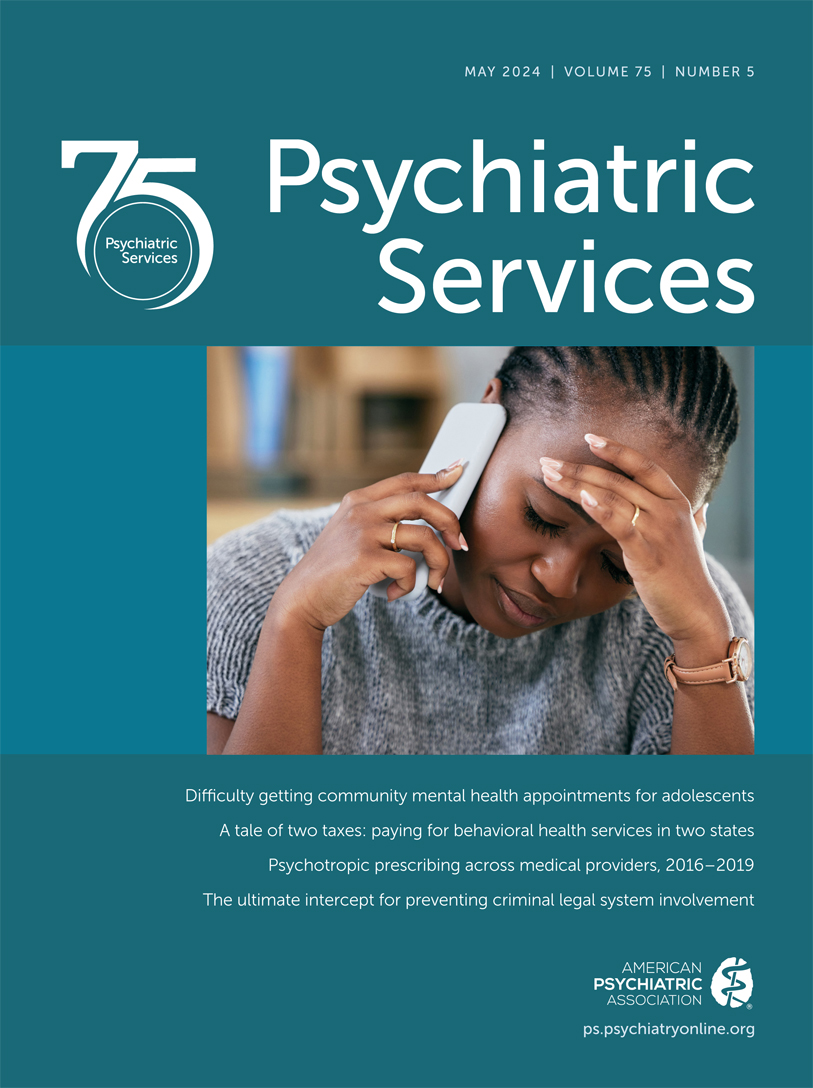Racial Disparities Among Clinical High-Risk and First-Episode Psychosis Multisite Research Participants: A Systematic Review
Abstract
Objective:
The NIH has mandated equal representation of Black, Indigenous, and people of color (BIPOC) individuals in clinical research, but it is unclear whether such inclusion has been achieved in multisite research studies of individuals at clinical high risk for psychosis or with first-episode psychosis (FEP). An assessment of inclusion rates is important for understanding the social determinants of psychosis and psychosis risk that specifically affect BIPOC individuals.
Methods:
The authors conducted a systematic review of the literature published between 1993 and 2022 of multisite research studies of clinical high risk for psychosis and FEP in North America to determine ethnoracial inclusion rates. Using an online systematic review tool, the authors checked 2,278 studies for eligibility. Twelve studies met all inclusion criteria. Data were extracted, and demographic characteristics, socioeconomic status, study design, and recruitment strategies used by each study were analyzed.
Results:
Most (62%) of the participants in studies of clinical high risk for psychosis were White. Compared with national data, the demographic characteristics of individuals with clinical high risk were representative across most ethnoracial groups. Black participants (43%) made up the largest ethnoracial group in FEP studies and were overrepresented compared with their representation in the U.S. population. FEP studies were more likely to recruit participants from community mental health centers than were the studies of clinical high risk.
Conclusions:
Although these results suggest high representation of BIPOC individuals in psychosis research, opportunities exist for an improved focus on ethnoracial representation. The authors offer recommendations for practices that may increase ethnoracial diversity in future psychosis study samples.
Access content
To read the fulltext, please use one of the options below to sign in or purchase access.- Personal login
- Institutional Login
- Sign in via OpenAthens
- Register for access
-
Please login/register if you wish to pair your device and check access availability.
Not a subscriber?
PsychiatryOnline subscription options offer access to the DSM-5 library, books, journals, CME, and patient resources. This all-in-one virtual library provides psychiatrists and mental health professionals with key resources for diagnosis, treatment, research, and professional development.
Need more help? PsychiatryOnline Customer Service may be reached by emailing [email protected] or by calling 800-368-5777 (in the U.S.) or 703-907-7322 (outside the U.S.).



